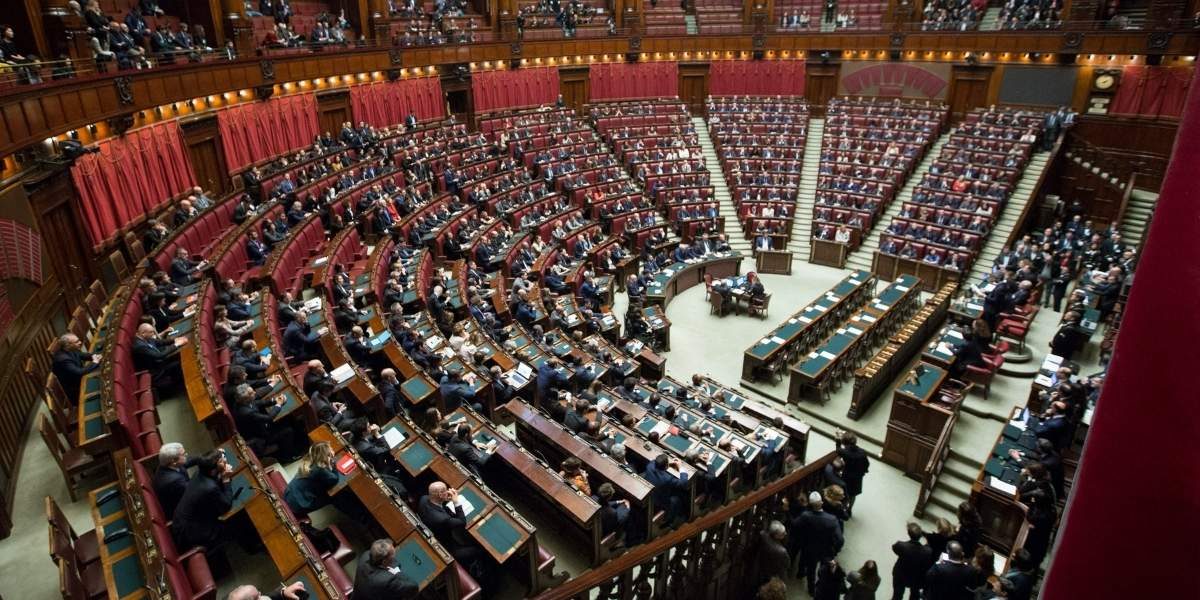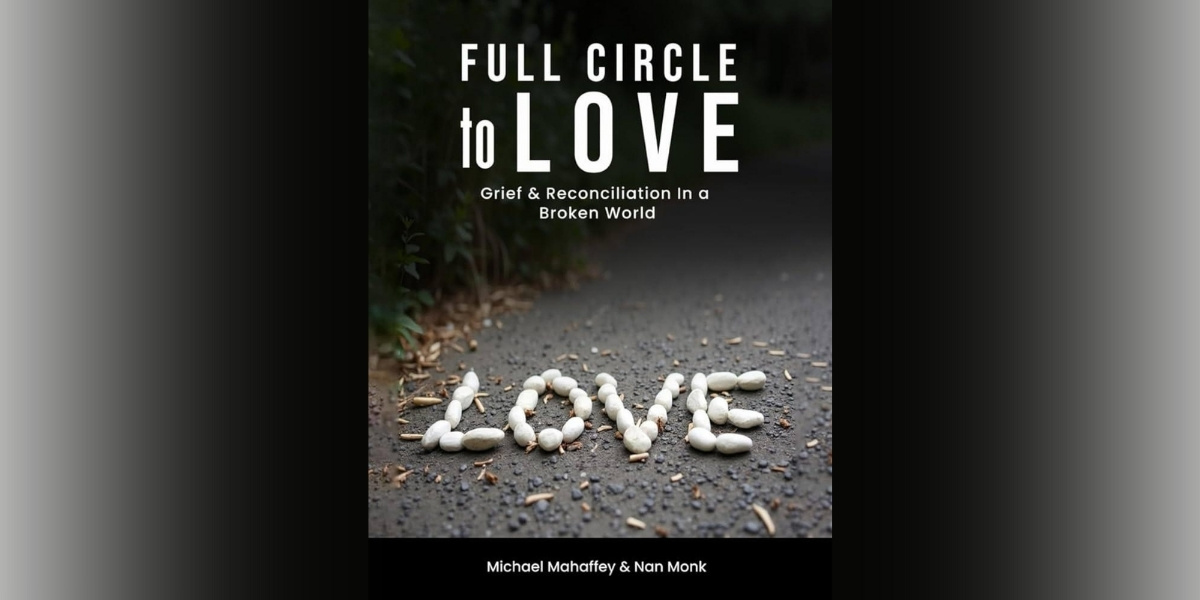What is Government and What Does It Do?
At its core, government refers to the system or group of people governing an organized community, often a state. Governments are responsible for creating and enforcing laws, maintaining order, providing public services, and protecting the rights and freedoms of individuals. In every society, governments serve a critical role in structuring authority and ensuring the smooth operation of a nation. By overseeing various functions such as defense, education, healthcare, and infrastructure, governments influence nearly every aspect of daily life.
Read Also: The Role of a Law Degree in Political Candidacy
How Are Governments Classified?
Governments around the world can be broadly categorized based on the distribution of power, the legitimacy of rule, and the relationship between the executive and legislative branches. These classifications serve as a useful framework for understanding different systems. Broadly, the distribution of power may be unitary, federal, or confederal. Monarchies, democracies, and oligarchies are different sources of legitimacy, and the interaction between branches of government can vary, as seen in parliamentary or presidential systems. These broad categories help highlight the diversity of governance practices globally.
What are the Key Types of Government?
1. Democracy: A Government of the People
Democracy, a system founded on the idea of popular sovereignty, ensures that the people hold the ultimate authority. In a democratic system, citizens participate directly or indirectly in decision-making processes. Representative democracy, common in many nations today, allows elected officials to represent the interests of the people. In direct democracy, citizens vote on laws and policies themselves. The core principles of democracy—individual rights, rule of law, and political freedom—ensure that the will of the people is respected. However, even in democracies, challenges such as voter apathy, polarization, and unequal access to power remain concerns.
2. Monarchy: The Rule of One or a Family
In a monarchy, leadership is typically passed down through a hereditary system. Absolute monarchies grant the ruling monarch almost complete control over the state, while constitutional monarchies place limits on the monarch’s powers, often making them symbolic leaders with real power resting in elected officials. Monarchies have shaped history, particularly in Europe and Asia, where families ruled for centuries. Today, nations such as the United Kingdom and Japan maintain monarchies with ceremonial roles, while places like Saudi Arabia still have absolute monarchies, where the monarch has substantial power.
3. Oligarchy: Rule by the Few
An oligarchy refers to a system where power is concentrated in the hands of a small, elite group. These elites may wield control based on wealth, military power, or social status. Often, oligarchies result in significant inequality, as the needs of the majority are neglected in favor of the elite’s interests. Such systems often have authoritarian or even totalitarian characteristics, with little room for political freedom or public participation. While the oligarchy as a formal government system is rare, elements of it can be seen in many modern authoritarian regimes.
4. Authoritarianism and Totalitarianism: Centralized Control
Authoritarian and totalitarian governments are often associated with highly centralized power. In authoritarian regimes, political power is controlled by a single leader or a small group, and individual freedoms are typically restricted. Totalitarianism, a more extreme form of authoritarianism, aims to control all aspects of public and private life, often using surveillance, censorship, and propaganda. Countries like North Korea serve as examples of totalitarian states where the government seeks total control over every facet of society, limiting citizens’ rights and freedoms to a great extent.
5. Republic: A Government of the People, Without a Monarch
A republic is a form of government where the head of state is not a monarch, but an elected or appointed official, often a president. Republics operate within a democratic framework, emphasizing elected representatives and rule of law. A republic differs from a democracy in that it usually has a set of laws or constitution that prevents the majority from infringing upon the rights of the minority. This system allows for a more structured and organized governance process, with a focus on the protection of rights and freedoms.
6. Theocracy: Religion and Politics Combined
In a theocracy, religious leaders hold political power, and religious law serves as the basis for governance. This form of government is most commonly associated with Islamic states such as Iran, where the Supreme Leader holds both political and religious authority. Theocratic governments often intertwine religious belief with political policy, limiting the separation between the church and the state. This can result in policies that prioritize religious doctrine, sometimes at the expense of individual freedoms or secular interests.
7. Anarchy: The Absence of Government
Anarchy is the theoretical concept of a stateless society where there is no formal government or authority. While some people advocate for anarchy as a utopian ideal where individuals freely govern themselves, most view it as a chaotic and impractical model. The absence of a structured government system can lead to instability, lack of protection of rights, and social disorder.
How Do These Systems Evolve?
Governments evolve over time, often influenced by shifts in culture, economy, and technology. Changes in governance have been marked by revolutions, wars, and social movements. A key example is the French Revolution, which transitioned France from an absolute monarchy to a republic. Similarly, democracies have evolved from direct participation to representative forms, while monarchies have transformed into constitutional entities with ceremonial roles.
What Are the Advantages and Disadvantages?
Each form of government has its strengths and weaknesses. For example, democracies are generally praised for their accountability and individual rights, though they can suffer from inefficiency and gridlock. Monarchies may provide stability, but they can also lead to unequal power structures. Oligarchies and authoritarian systems may offer centralized decision-making but at the cost of human rights and freedom.
Read Also: Fashion Branding and Identity: Developing a Unique Brand Image and Story
Hybrid Systems: Blending Government Forms
In today’s world, many governments blend elements of different systems, creating hybrid forms of governance. Countries like France and Russia combine aspects of presidential and parliamentary systems. This blending can result in a more dynamic and adaptable government but may also create complex governance structures that are difficult for citizens to navigate.
Understanding the different forms of government across the globe reveals the vast diversity in how societies organize power. From democracies that prioritize individual rights to authoritarian systems that concentrate power, each government type presents unique challenges and benefits. As the world continues to change, the evolution of these systems will remain a key factor in global stability and prosperity.








